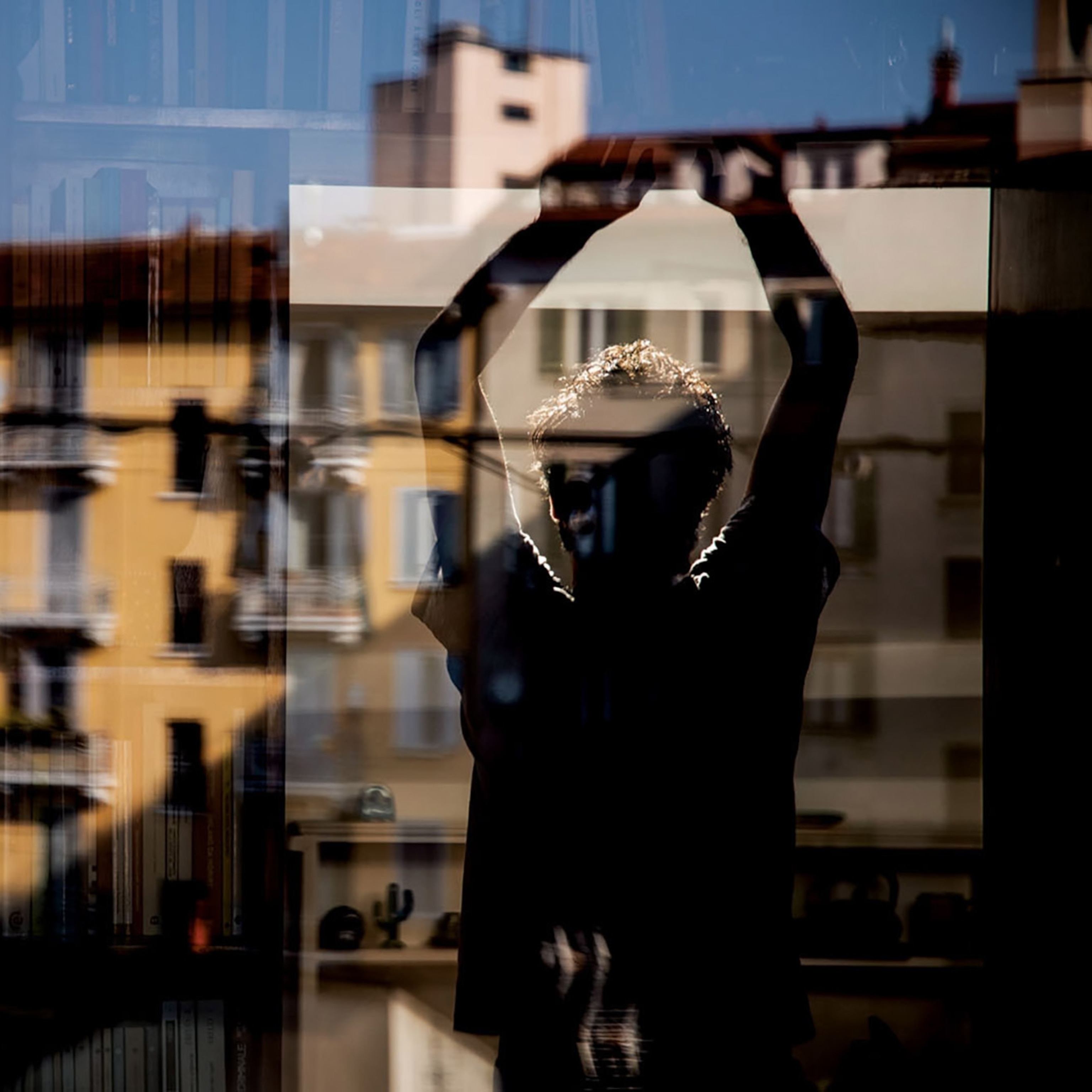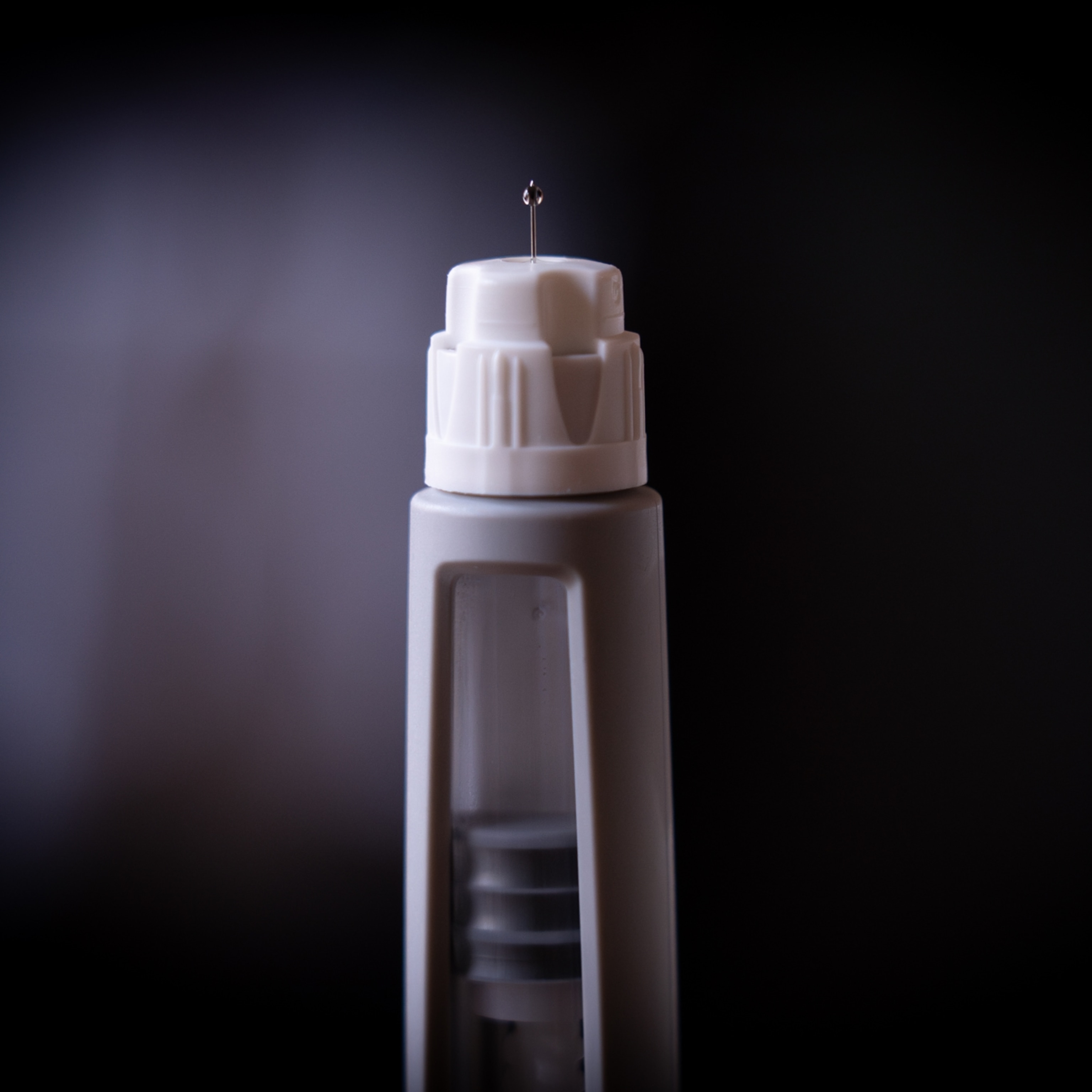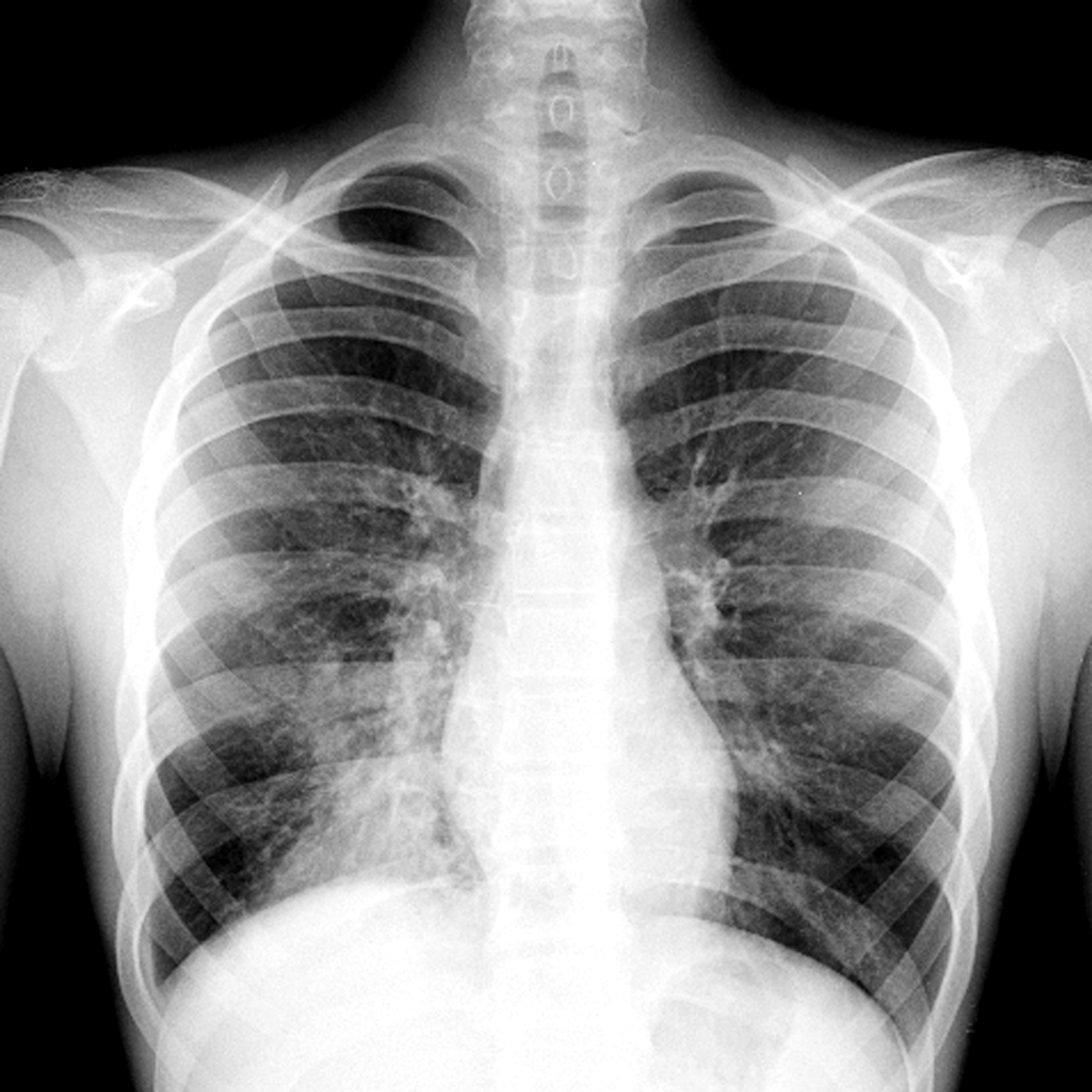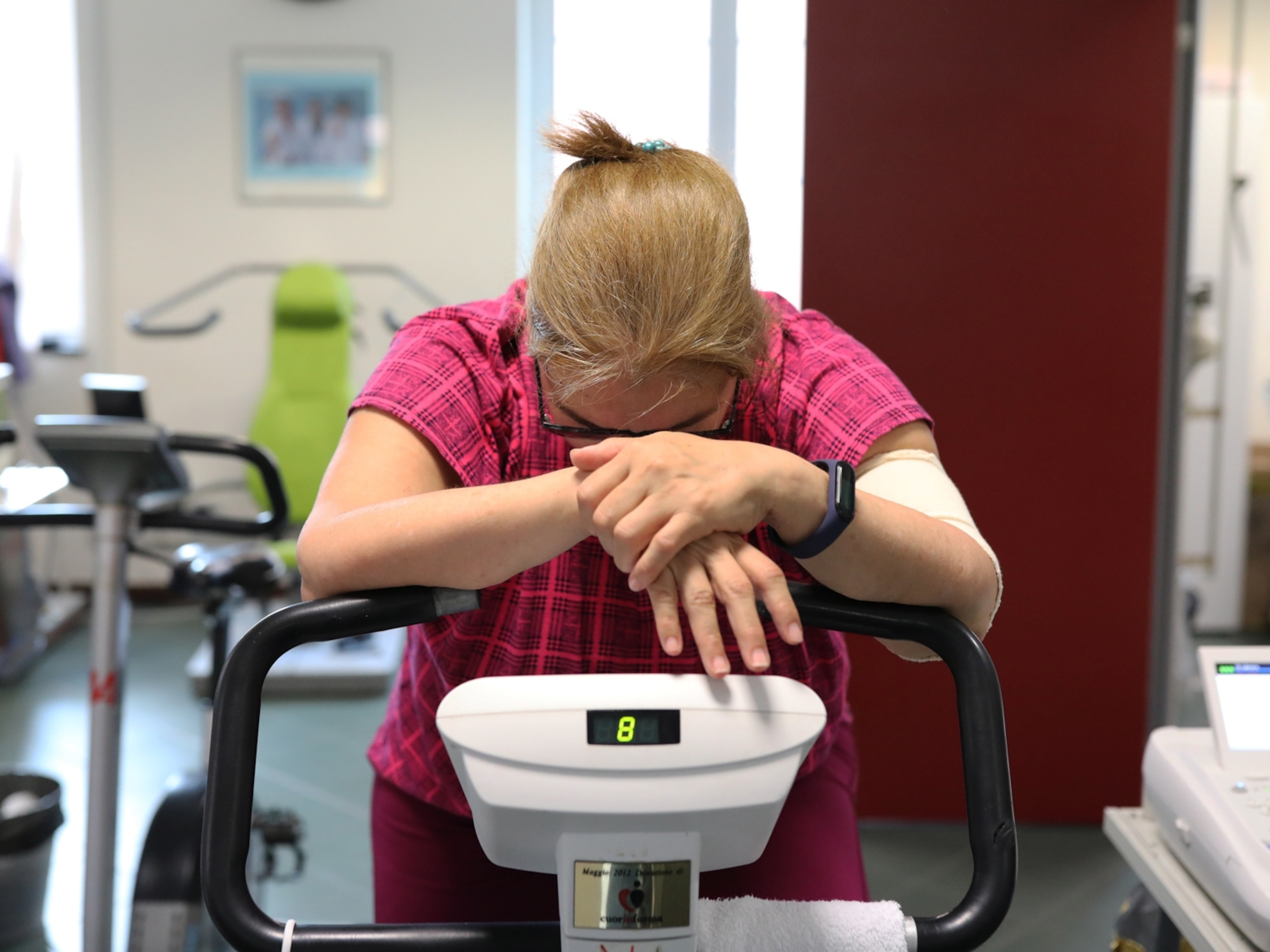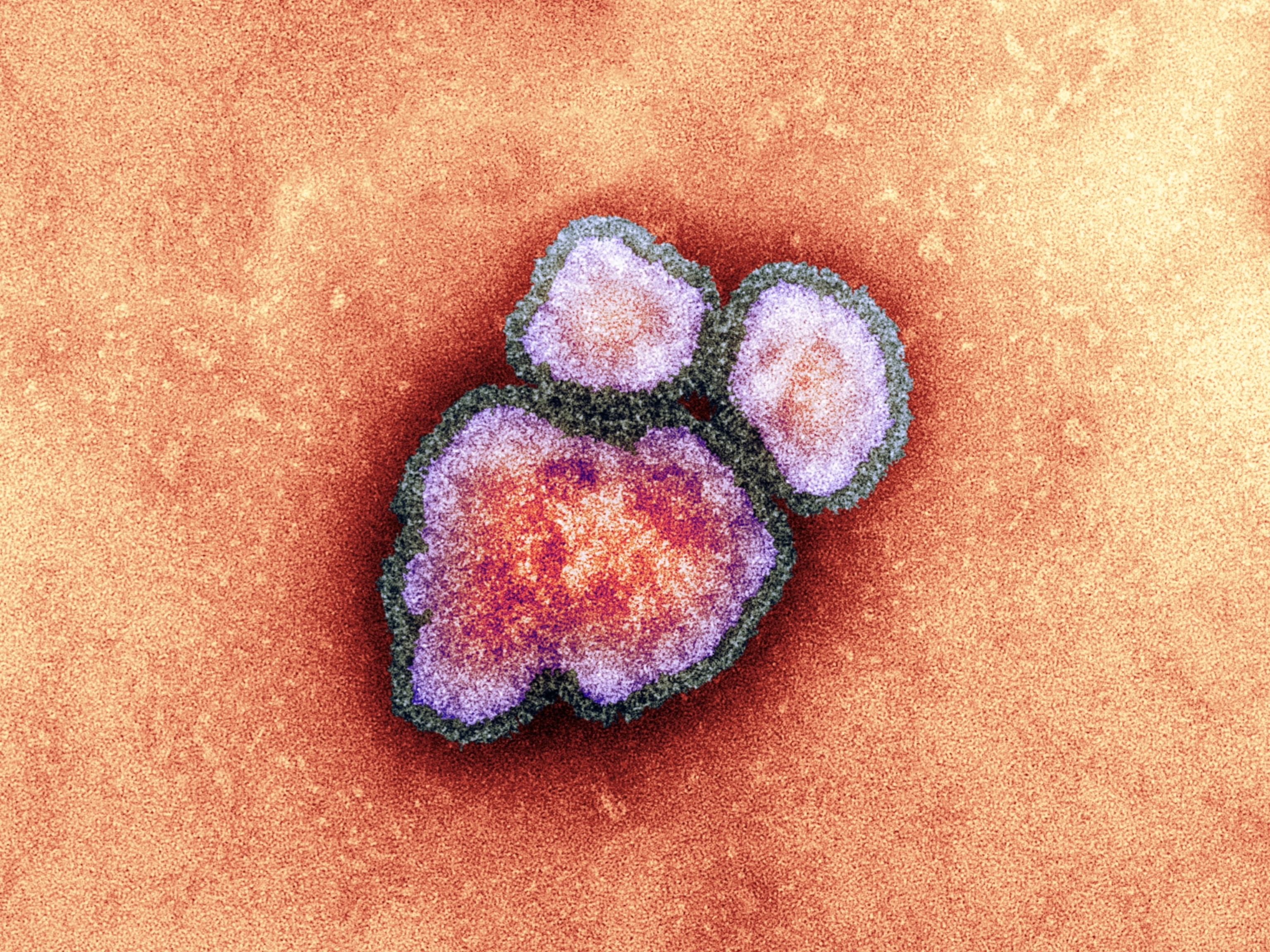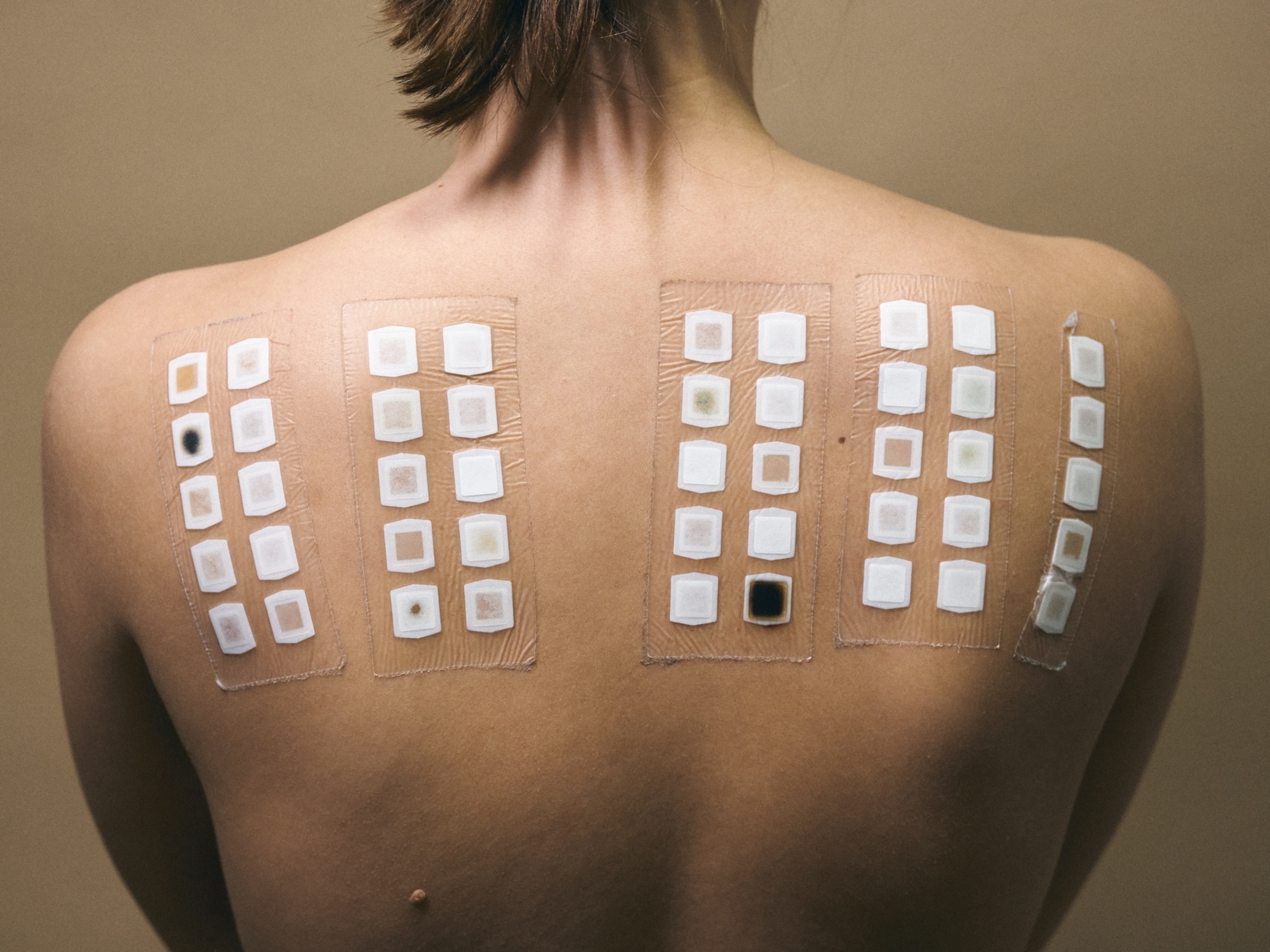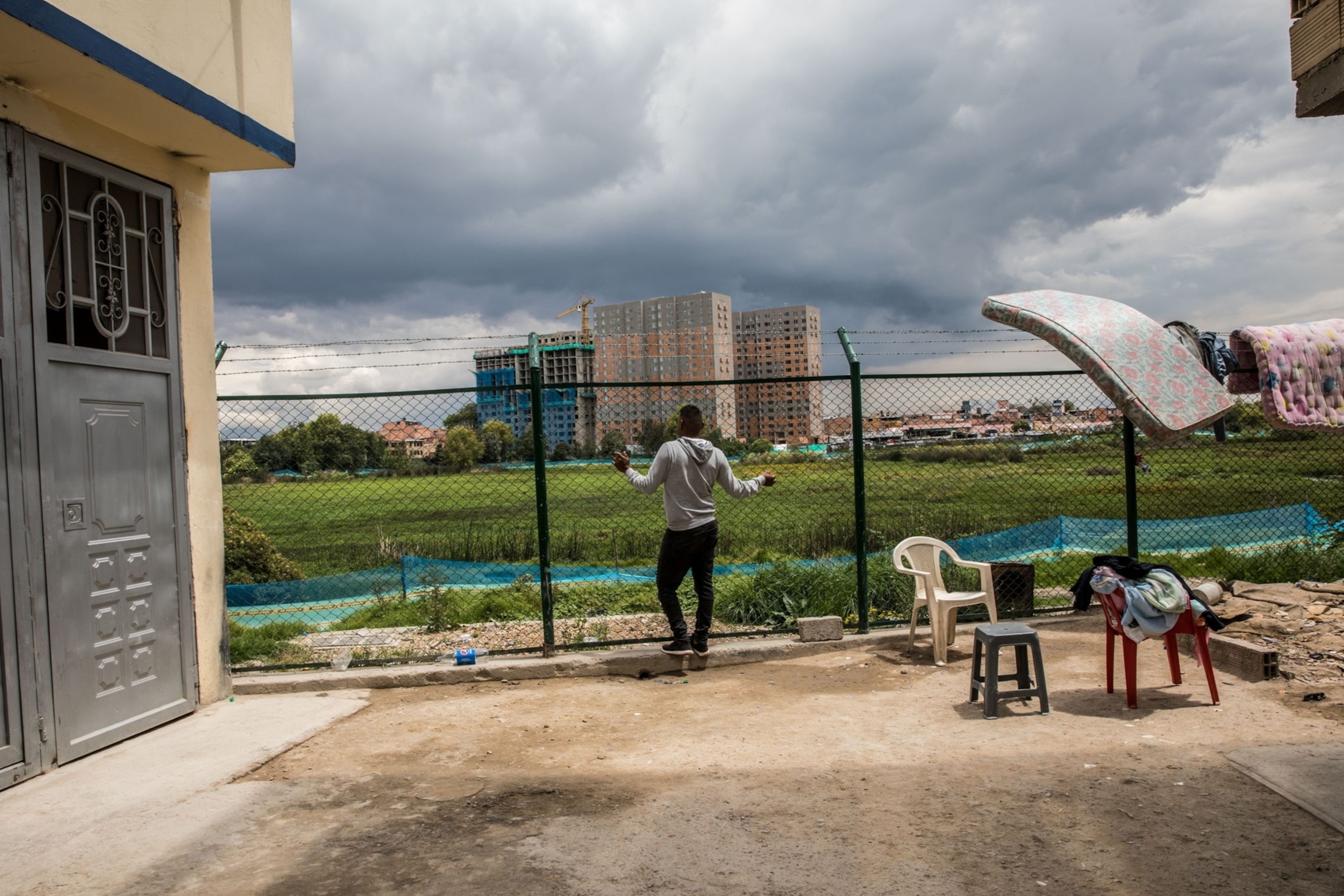
Fear, anger, desperation: How Bogotá's residents are coping with COVID-19
The lockdown in Colombia’s capital lowers infection rates, but tensions are high, and many in the city are struggling to put food on the table.
BOGOTÁ, COLOMBIA — COVID-19 has been handled more thoughtfully in Colombia than in most other countries in the hemisphere, as authorities moved early to impose strict quarantine measures and organize its health services efficiently. Bogotá, the capital, went into strict lockdown on March 18, even earlier than the rest of the country, and most residents are allowed to walk only to nearby pharmacies, hospitals, or food stores for now. Despite these measures, the coronavirus numbers are bad, and climbing rapidly. Infections in this country of 50 million people and in Bogotá, with a population of eight million, stand respectively at 8,959 and 3,469, and total deaths at 397. Nearly half those deaths are in Bogotá.
Faced with a collapsing economy, the national government has authorized a gradual reopening of the lockdown and allowed some manufacturing sectors to start up again. The risk, acknowledged here and in all countries now easing quarantine rules, is that contagions will increase, and so will deaths, but workers and businesspeople will have a chance to breathe some life into the economy before the next, inevitable, lockdown. This gradual approach is known as the accordeon.
How did she feel about the current situation, Bogotá’s hugely popular mayor, Claudia López, was asked on a recent radio interview. “Anguished!” she cried, her voice breaking. “Very anguished!”



She was announcing a new public-access website on which citizens can consult the number of COVID infections and deaths, available beds and ICUs in city hospitals, and the occupancy rate of the Transmilenio, the capital’s famous rapid bus, which she will shut down if it hits 35 percent. She was also asserting her right to extend the quarantine in order to slow the rate at which COVID-19 spreads.
President Iván Duque looks at different numbers; the scary rate at which the economy is folding, and his standing among the business sectors that are his base. He is pressing to open up more sectors of the economy, gradually and carefully. Public interest may favor Claudia López’s approach, but the most powerful reason for putting the country on a more productive footing soon might be that public adherence to the lockdown measures is about to crumble.
In my upscale neighborhood, Chicó, the silence that was absolute three weeks ago is now broken by the roar of delivery motorcycles and the occasional ruckus of a nearby party. Those of us who live here can afford to stay put. Not so for the un-wealthy in this sprawling and hugely unequal city: The evening news shows the streets of middle- and working-class districts teeming with shoppers and street vendors. Angry citizens block main avenues to shout that they need to work, and in Soacha, the city’s largest, poorest district, the police come out in force on holiday weekends to impose new, strict curfews.
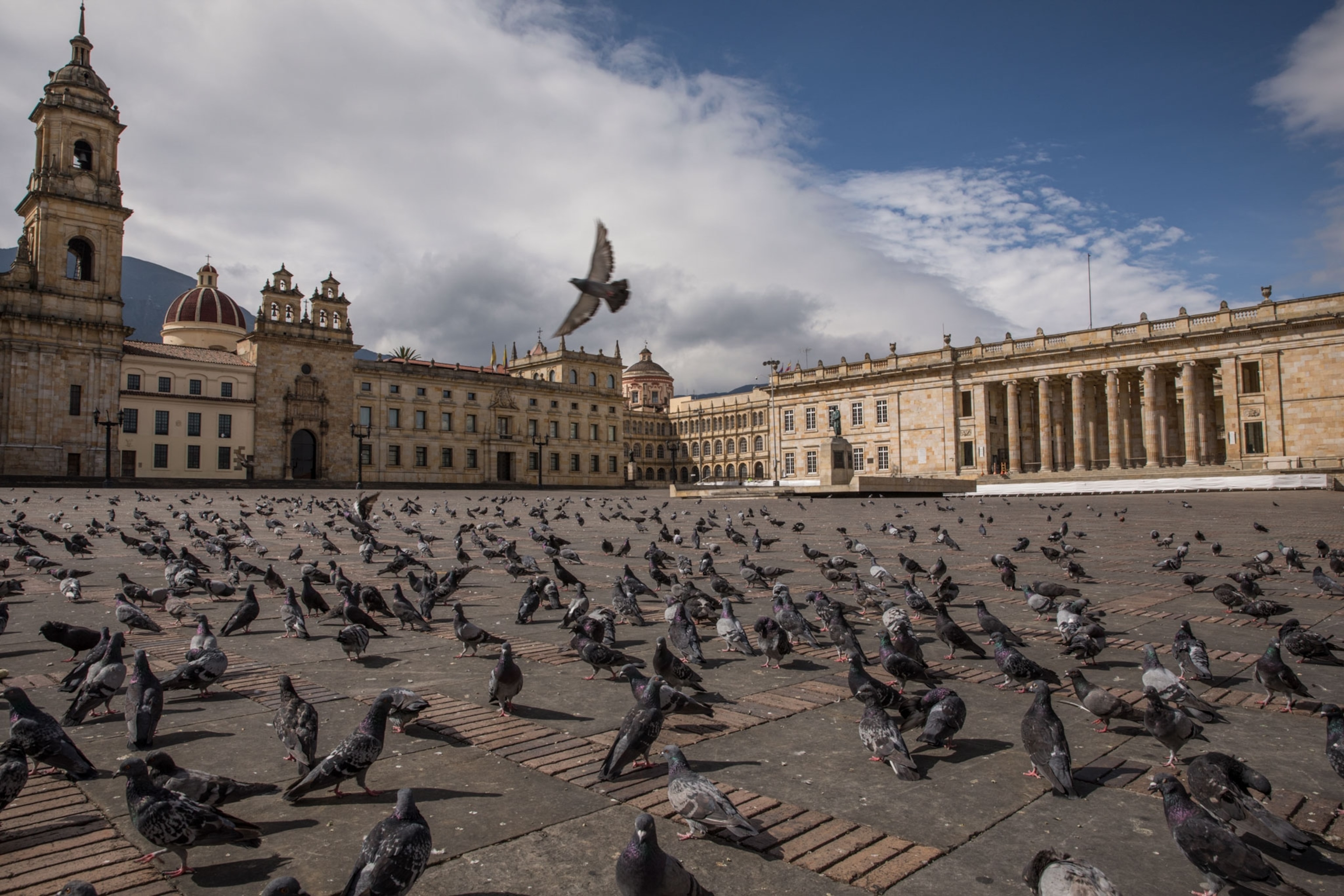
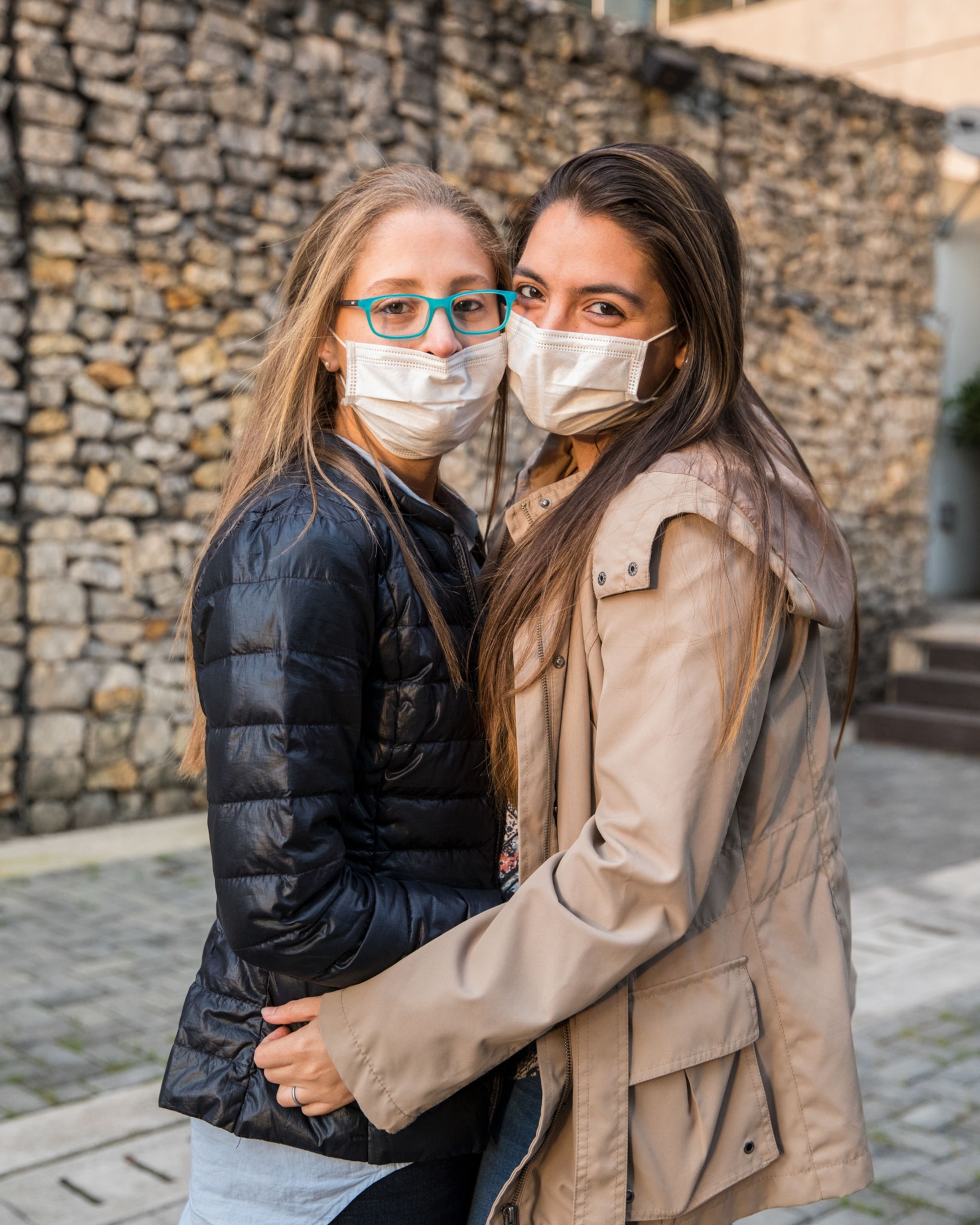
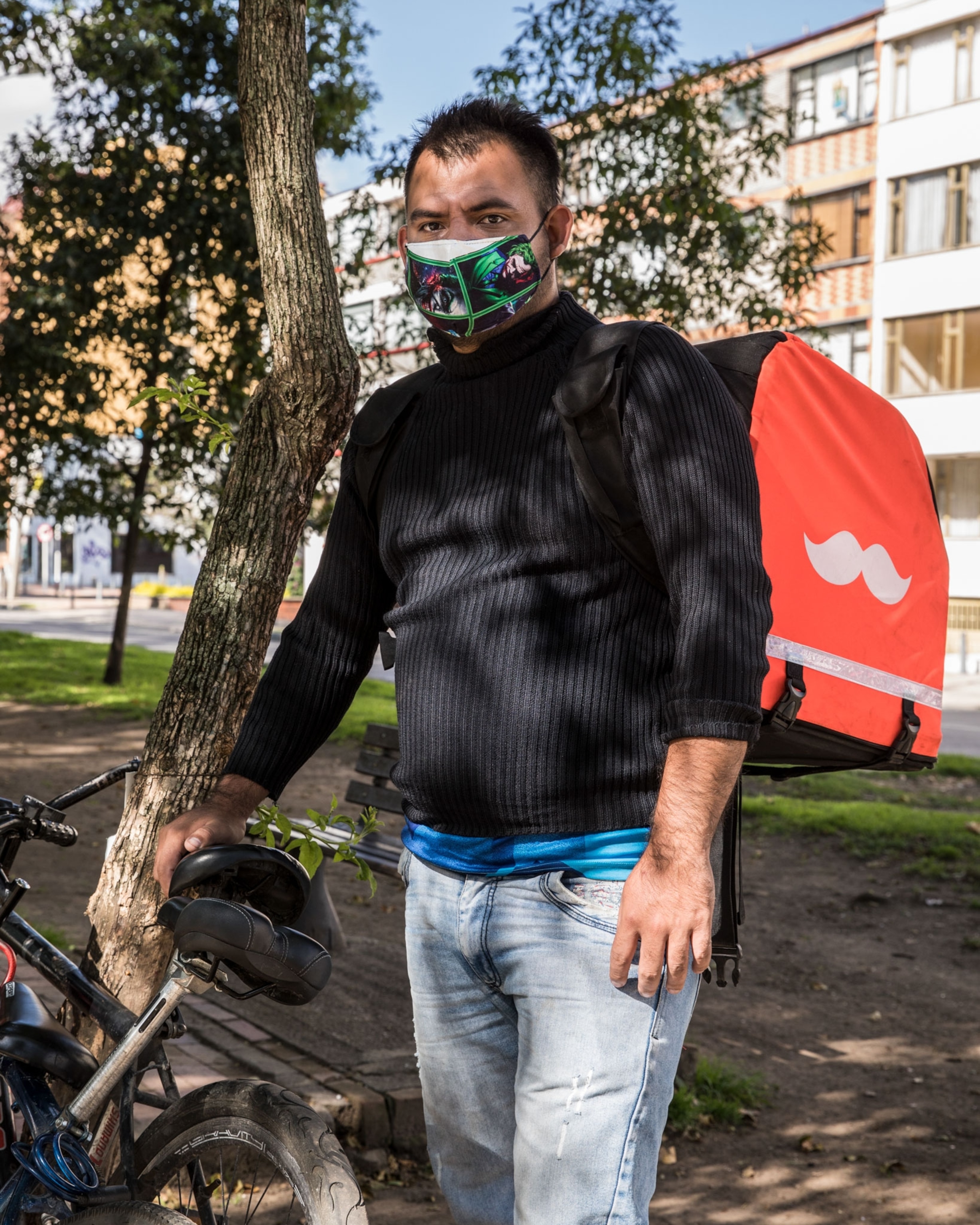
Even on my leafy street, the epidemic has brought rougher realities up close. Trying out a new route on my way to the supermarket the other day, I was surprised to see that the door to one of my favorite restaurants was open. Inside were half-a-dozen busy people in face masks, clearly distinguishable nevertheless by social class: the young manager wearing penny loafers, ankle-length blue jeans, and a baggy sweater; a neatly dressed man helping her sort out boxes; two affable women in long white aprons; and at the lowest end of the social ladder, two young, wiry, silent men—possibly Venezuelan refugees—in an assortment of clothing that was not new, preparing deliveries.
The restaurant used to do a roaring business at all hours of the day, but now, the manager told me, they’re selling some prepared foods and delivery orders and also a good deal of their stock. One of the delivery men watched with hungry eyes as I ran up a bill of some $200—as much as he could hope to earn in a month—and I burned with shame even as I continued to pick my way through the remaining merchandise on display: a couple of bottles of rosé and my favorite gin, chocolate pastilles, the giant Spanish capers called alcaparrones.
The courteous man helping the manager offered to walk me home with all my heavy bags. His name, he said, was William Reina, and he was 27. We chatted through our face masks, keeping not quite the required distance between us. There was a graciousness about him, a desire to make one comfortable, that made it easy to strike up conversation.
“I’m really a waiter,” he said, unasked. His parents came from the countryside, and he dreamed of being a chef. He had scrimped and saved to pay for the registration fee at a training school, worked long years at a succession of corrientazos (speedy lunch places for office workers), and, finally, taken out a loan—it’s still outstanding—so that he could quit his job and concentrate on his training to learn ingredients, food storage, and how to talk to customers and explain a menu. At last, he saw an opening at a refined, well-paying restaurant owned by the same group as the one where I’d just been shopping, and with a great sense of achievement, he made the cut.
“When all this happened—the coronavirus lockdown—management said that those of us who owned a motorcycle might want to help them by out making deliveries,” he said. “We don’t make much …They pay us 2,300 pesos per trip [about 60 cents], but it’s the best I can hope for right now.”
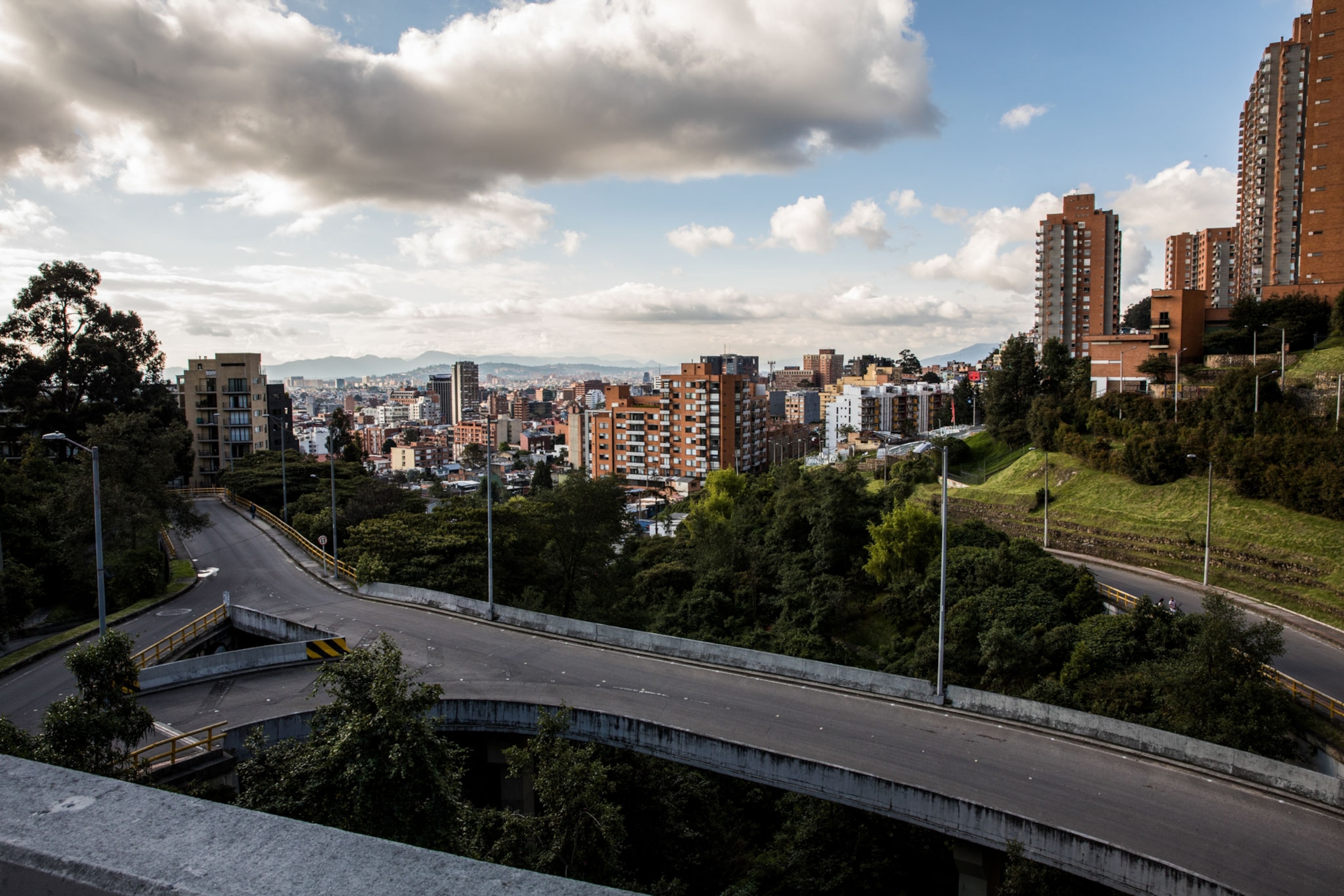
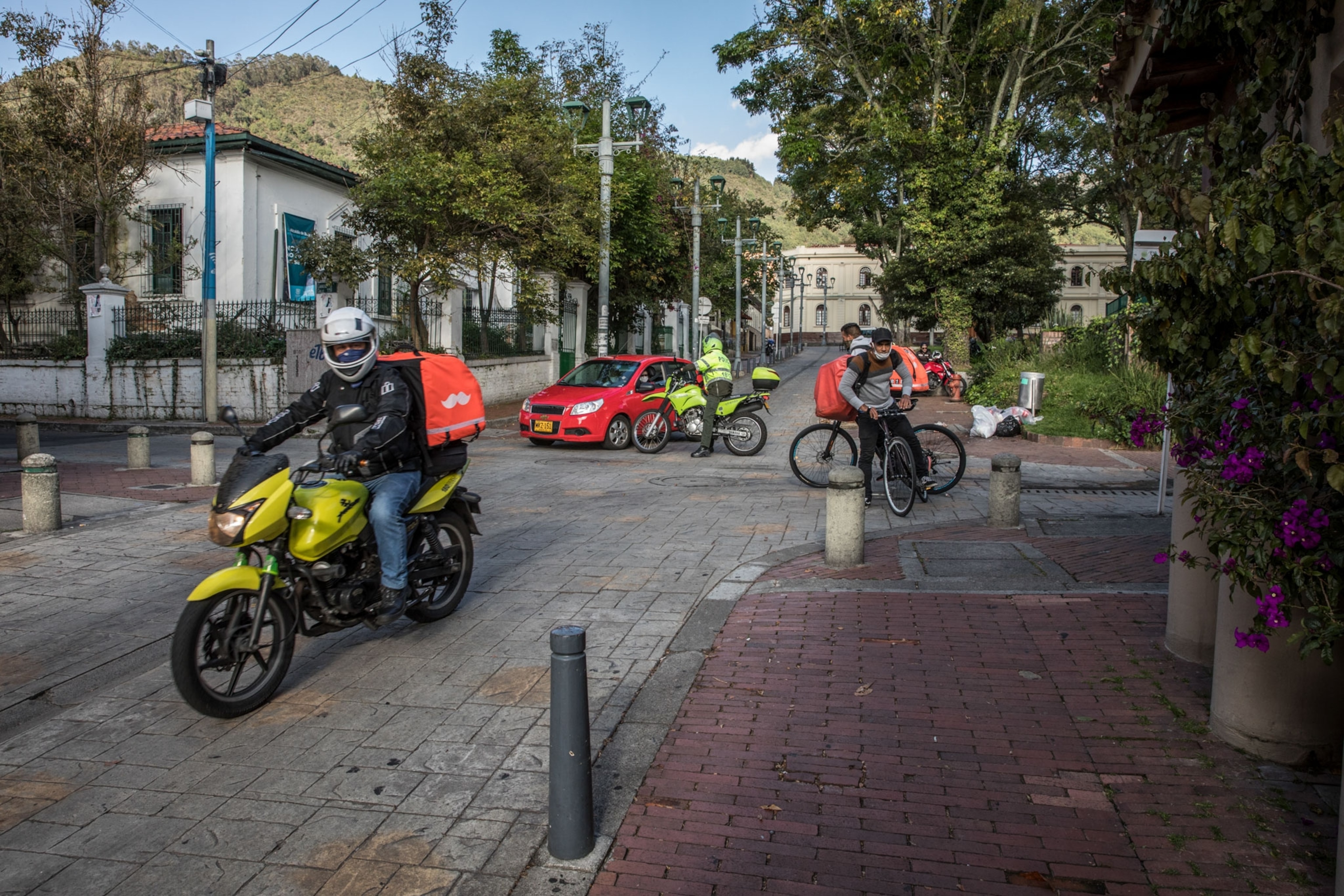


Desperate for three-dimensional human company, I met in the park with a friend who’s also a neighbor, nominally on our way to do shopping, but really just for the briefest of chats, both of us with our masks on. As we sat at the correct distance from each other on two park benches, one eye out for a police patrol, we were approached by a curly-haired young man—perhaps Venezuelan, perhaps from the Caribbean coast. Now that I think about it, he must have walked for miles, because no one dresses in clothes washed thin. Or perhaps he was sleeping on the sidewalk, as I’ve seen a few people doing this spring, on cardboard nests.
Coming close, the young man wondered politely if we had any coins or food we could spare. His skin was chalky, and he looked famished, but we had no money at all—touching cash these days is highly discouraged. Were we sure, he asked again—vaguely, desperately—that we could spare nothing for him? He hadn’t eaten since yesterday.
Inequality and disease
The increasingly public levels of economic suffering are no doubt keeping officials at every level of government awake here: How long can poor societies like Colombia prolong the draconian measures that keep COVID-19 contagion in check? Ecuador, with its corpses lying in the streets in Guayaquil, is tragic evidence of what happens when inadequate prevention is the only policy. The no-problemo approach in Mexico and Brazil is leading both countries down horrifying paths, but the 50 percent or so of the population that makes their living hand-to-mouth in each case may feel, so far at least, that they’re not being condemned to starvation.
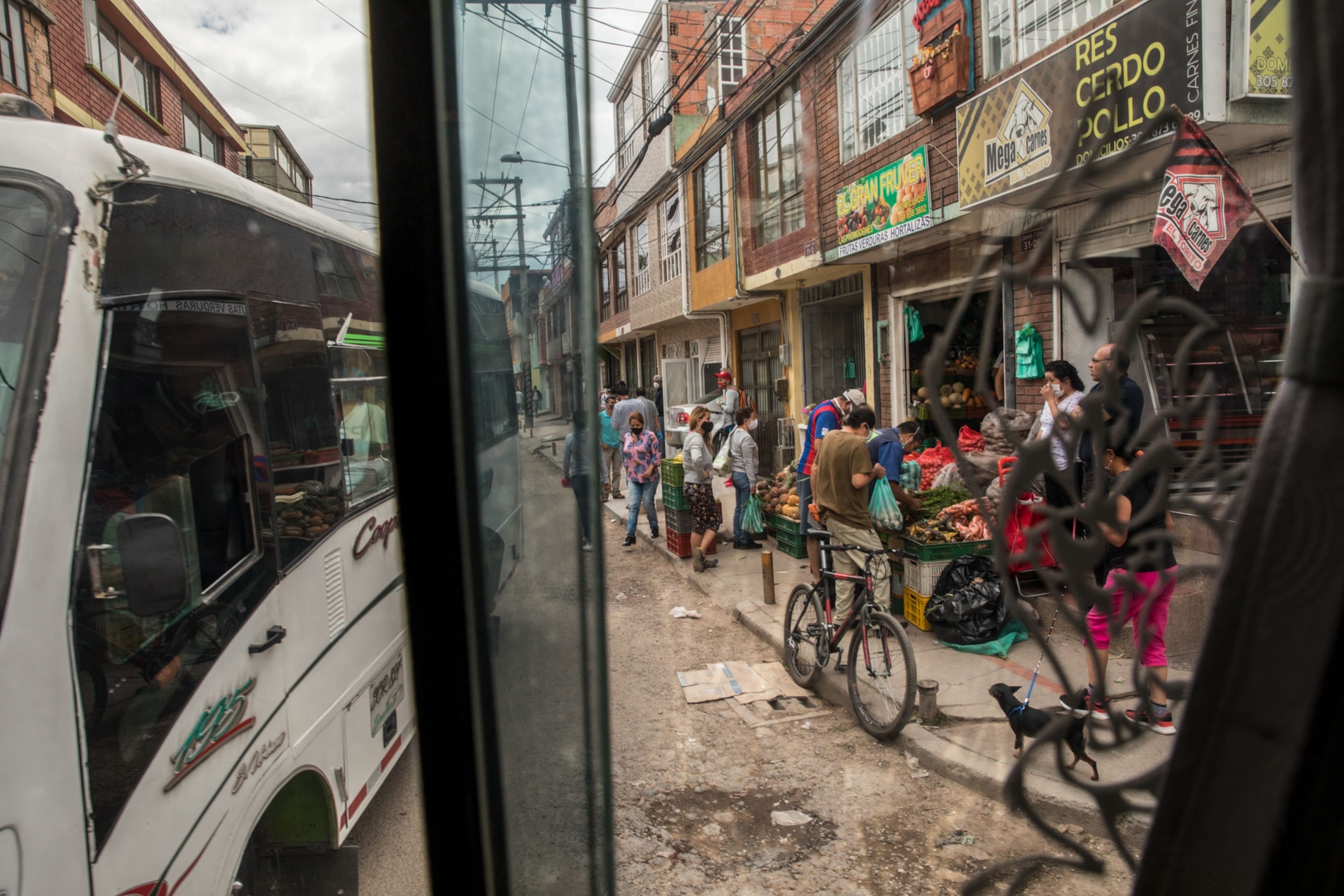

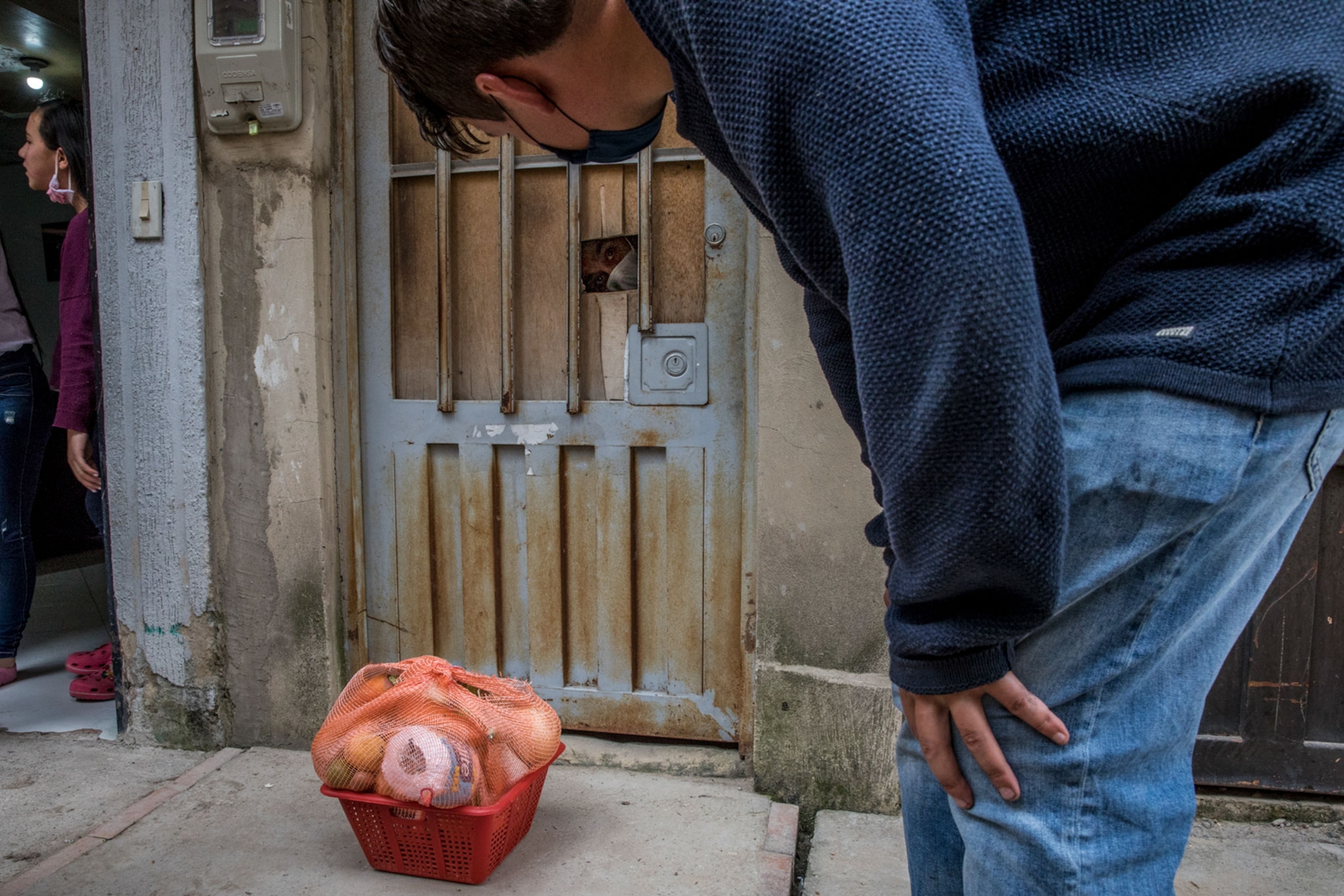
What Colombia is about to attempt, starting in mid-May, is a middle road similar to the one tried in Spain: People over 70 are to stay indoors for the foreseeable future; anyone younger remains free to go out once a day to buy food or seek medical help; all educational and public institutions are to stay closed, as are some shops and places of commerce. But factories have already been allowed to open, construction in pre-existing sites has started up once more, and by the end of the month, most stores and shops will open their doors—as long as COVID-19-related deaths don't register another peak.
Colombia is not Spain, however. Sitting as it does somewhere in the middle of the world rankings for economic indicators and standard of living, the country has a per capita GDP of some $6,000, meaning that the nearly 50 percent of people making a living in the informal sector get by on far less. The economy as a whole is small. Colombia exports some oil and fuel byproducts, coffee, emeralds, and a little gold but lacks the money—and even the roads—to carry out the repeated nationwide testing for COVID-19 that would be required to monitor who goes back to work and when. Relaxing the lockdown is pretty much guaranteed to bring the infection rate up again. (Here's why unreliable tests are flooding the market.)
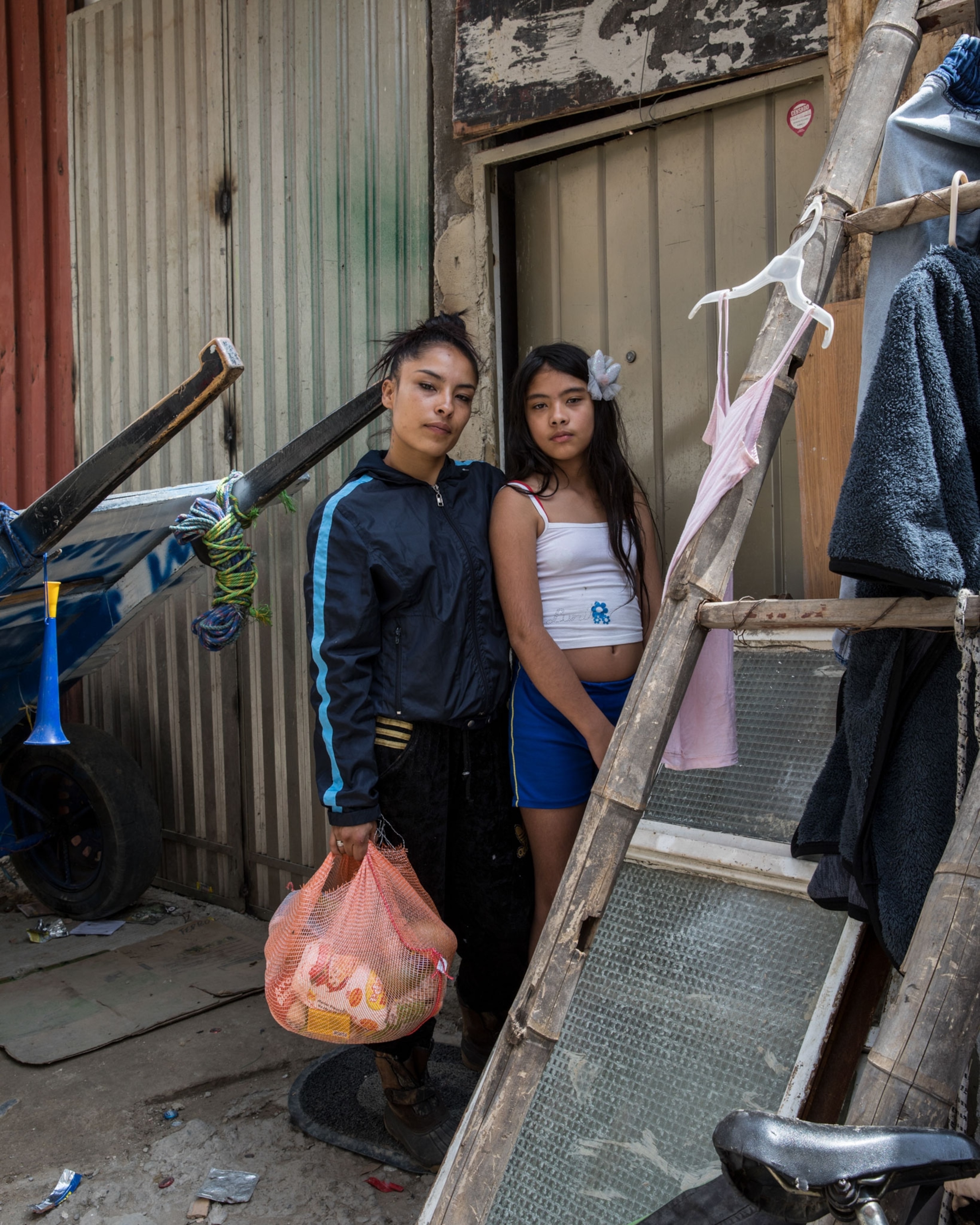
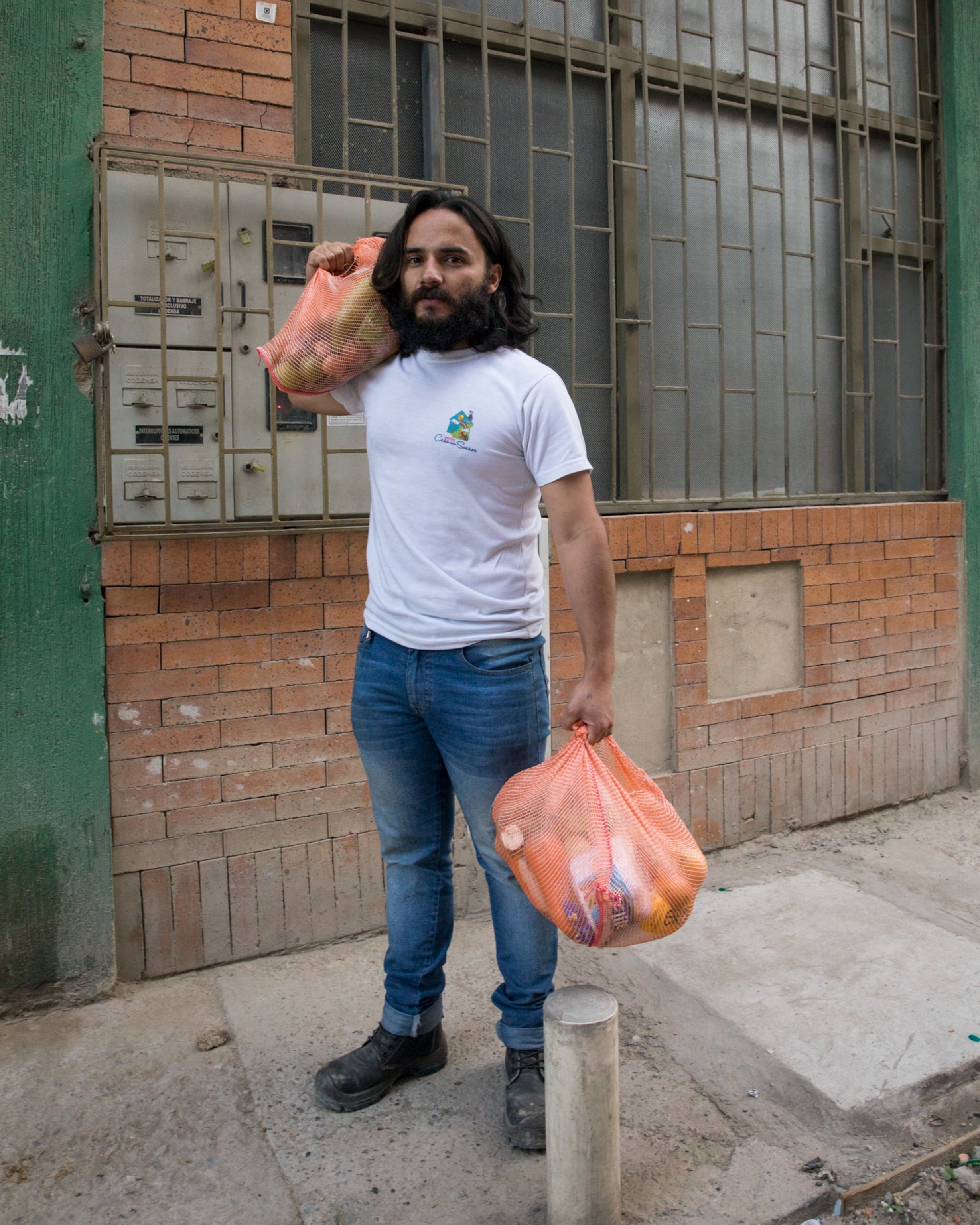

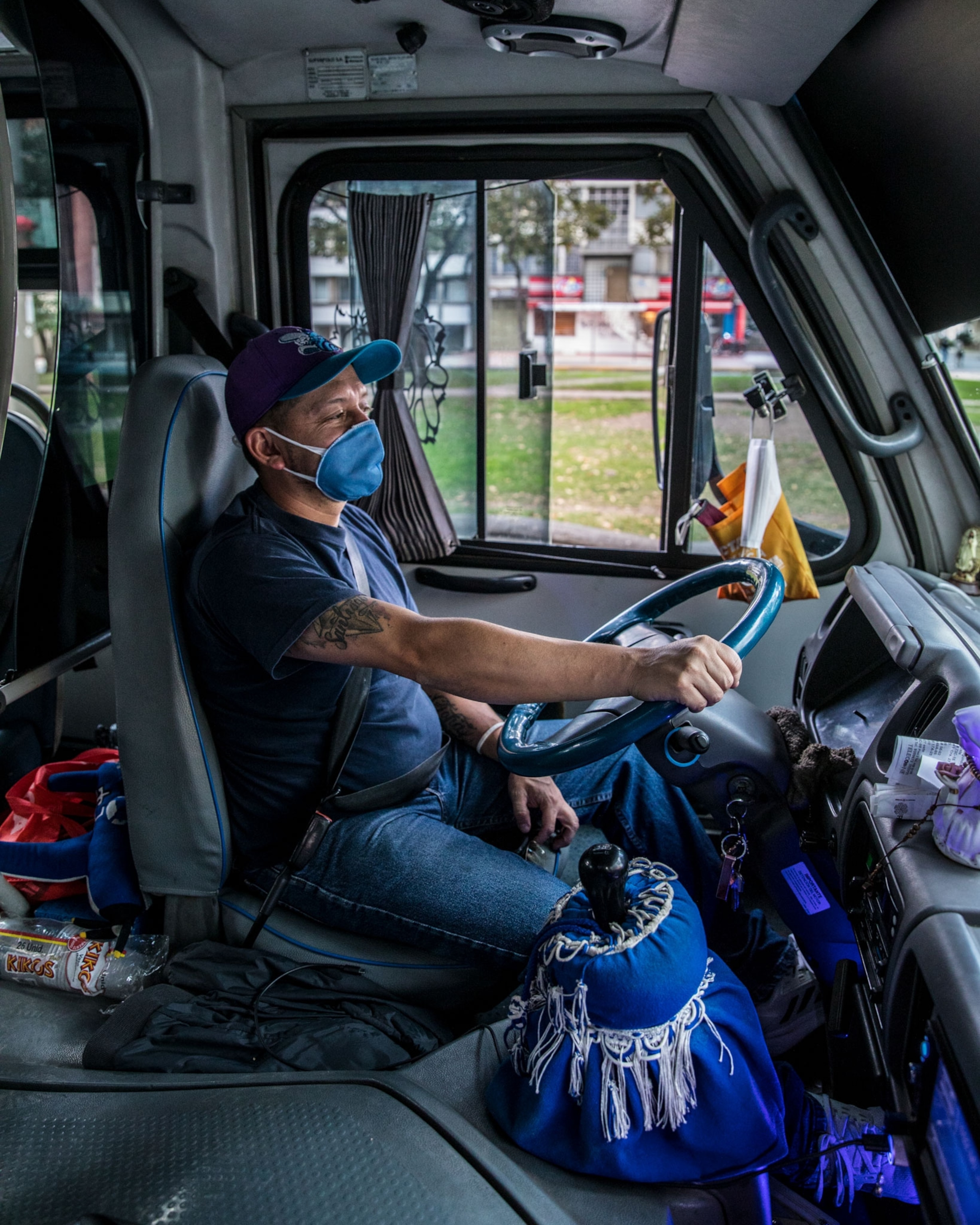
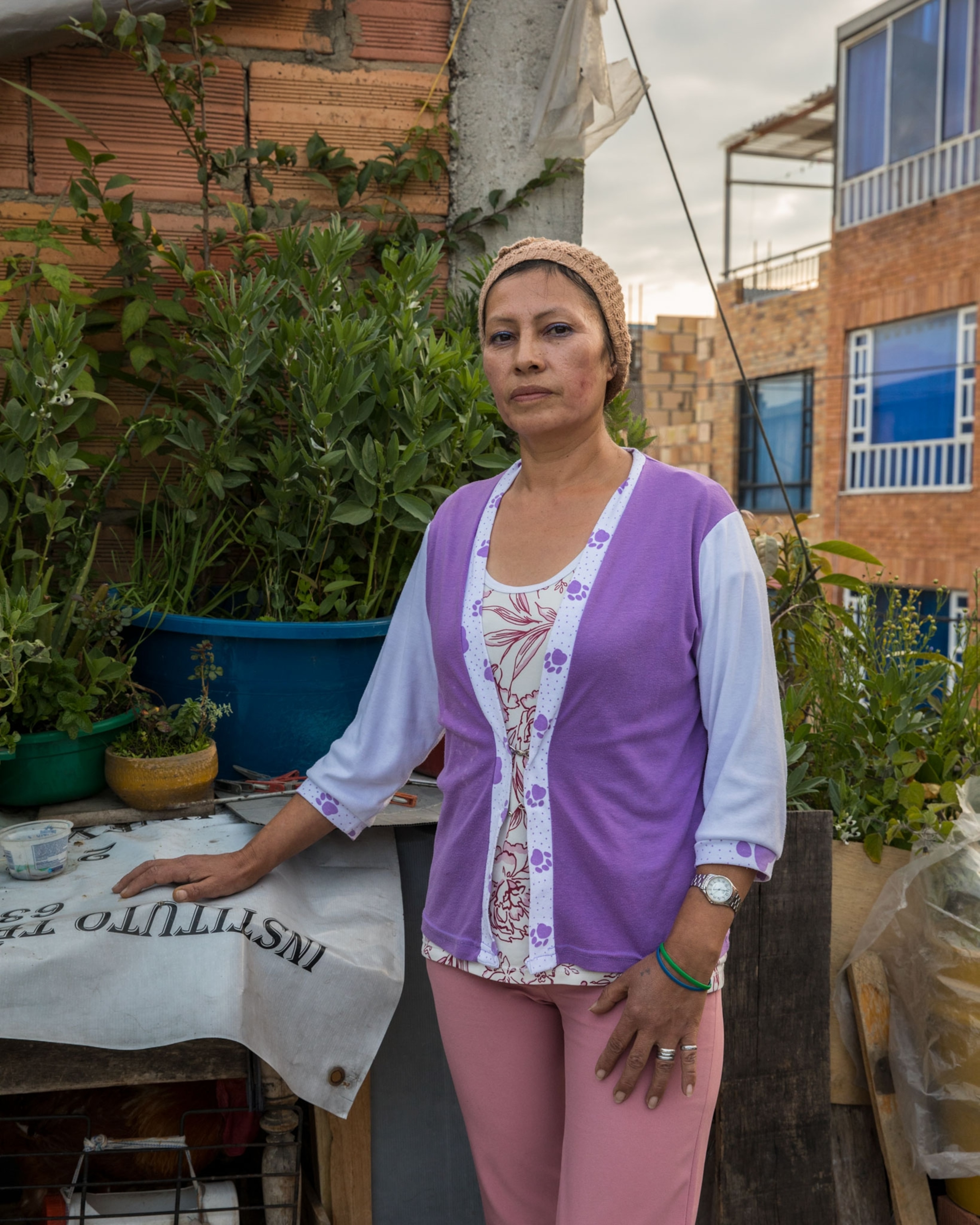
In other words, like most countries in the Global South, Colombia cannot afford to relax the lockdown, and it cannot afford to prolong it. When I talked to economist Mauricio Reina (no relation to the waiter William Reina), he warned that even when the economy returns to its 2018 levels, perhaps in a couple of years, employment is unlikely to recover. “It’s easier to get one person to multiply his output than to hire twice as many people,” he explained, adding that by then “companies will have adjusted to working with less people.”
A neighbor in my building phoned the rest of us—a phone call is now more satisfying that a text message—to let us know that the family of ragpickers that goes through our trash three times a week was wondering if we could help them out. With the economy paralyzed, none of the dealers they work with were buying their cardboard, tin cans, and plastic bottles. Despite the guaranteed breakfasts being distributed to all schoolchildren, they were going hungry, and in danger of losing the rooms they rent.
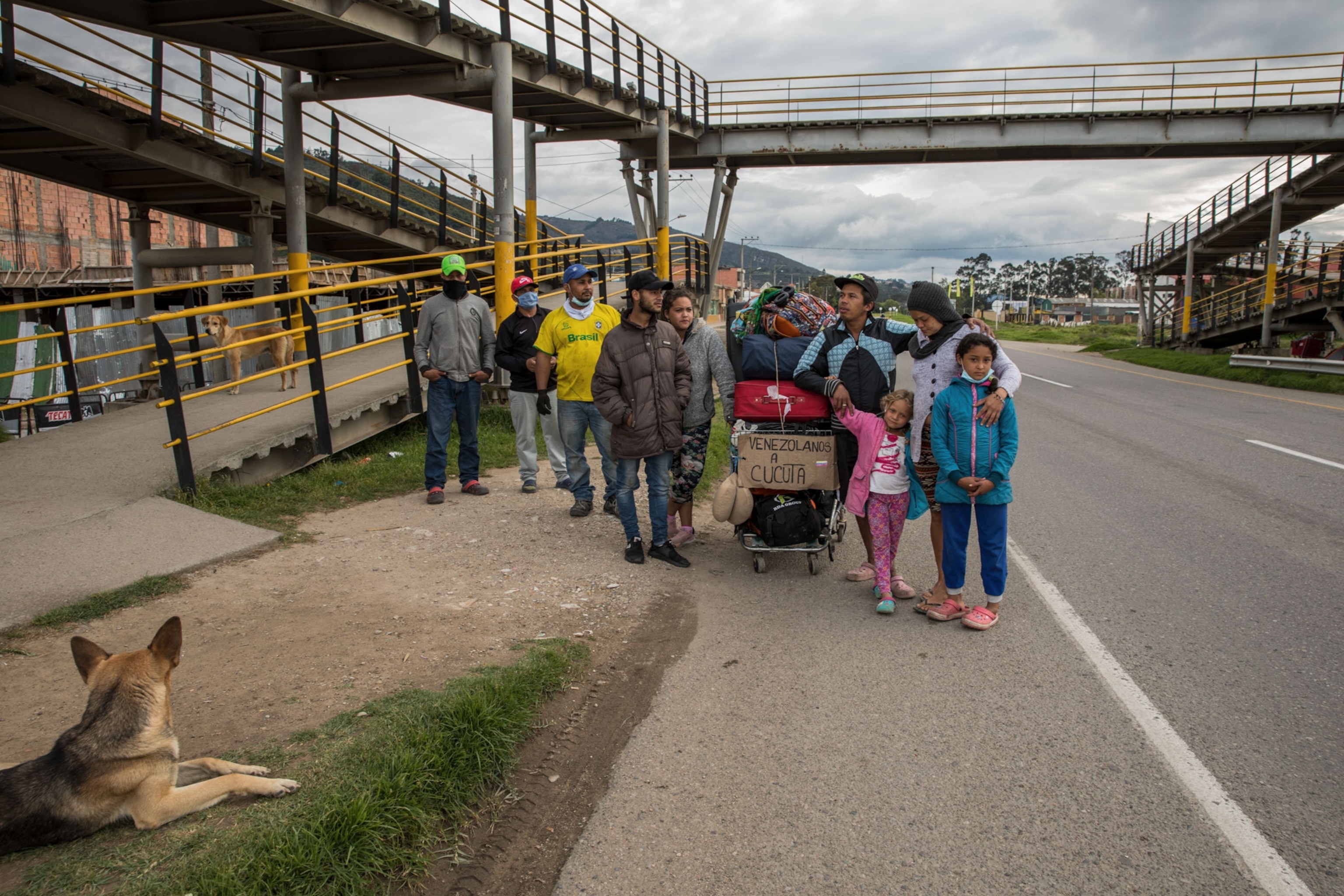

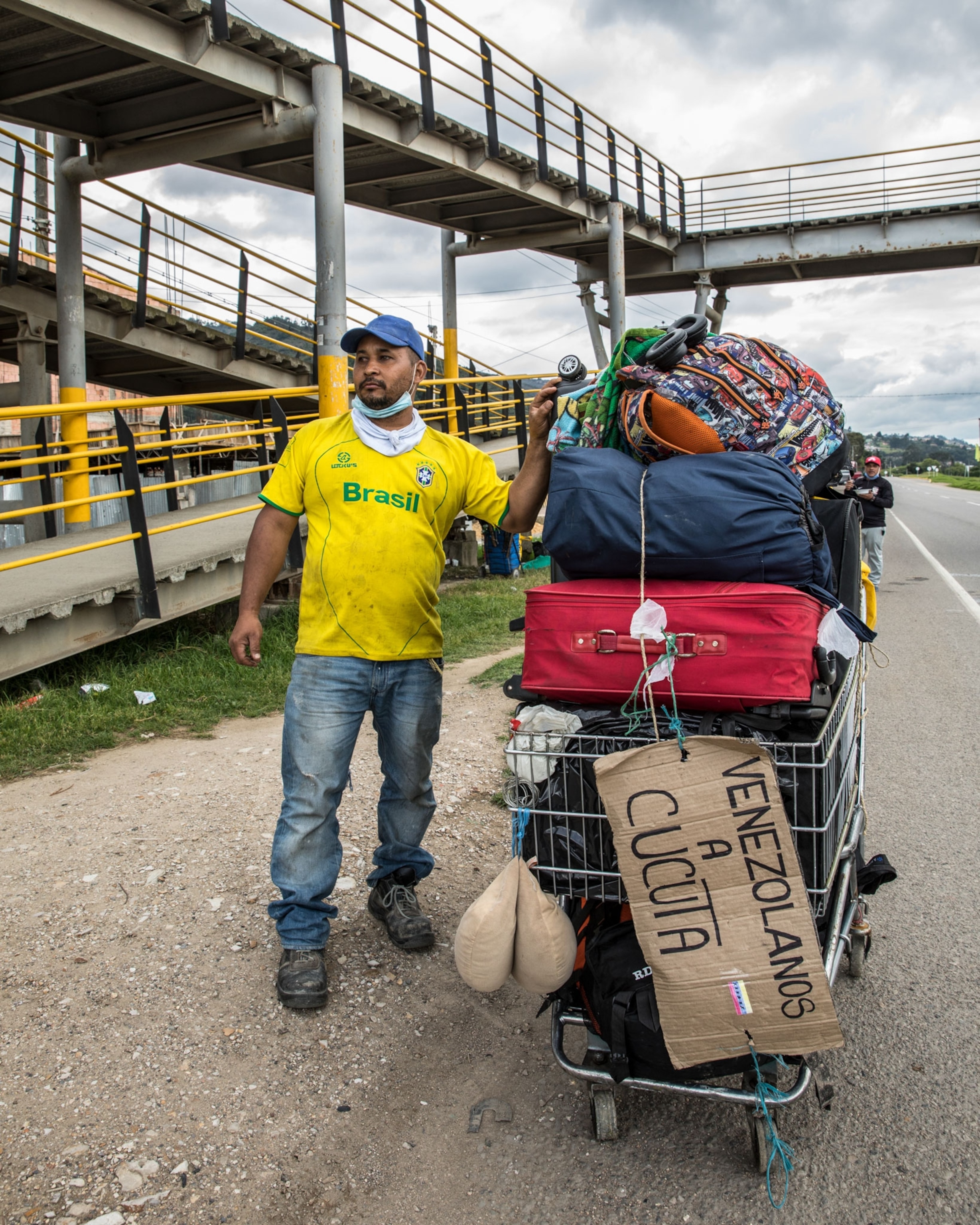
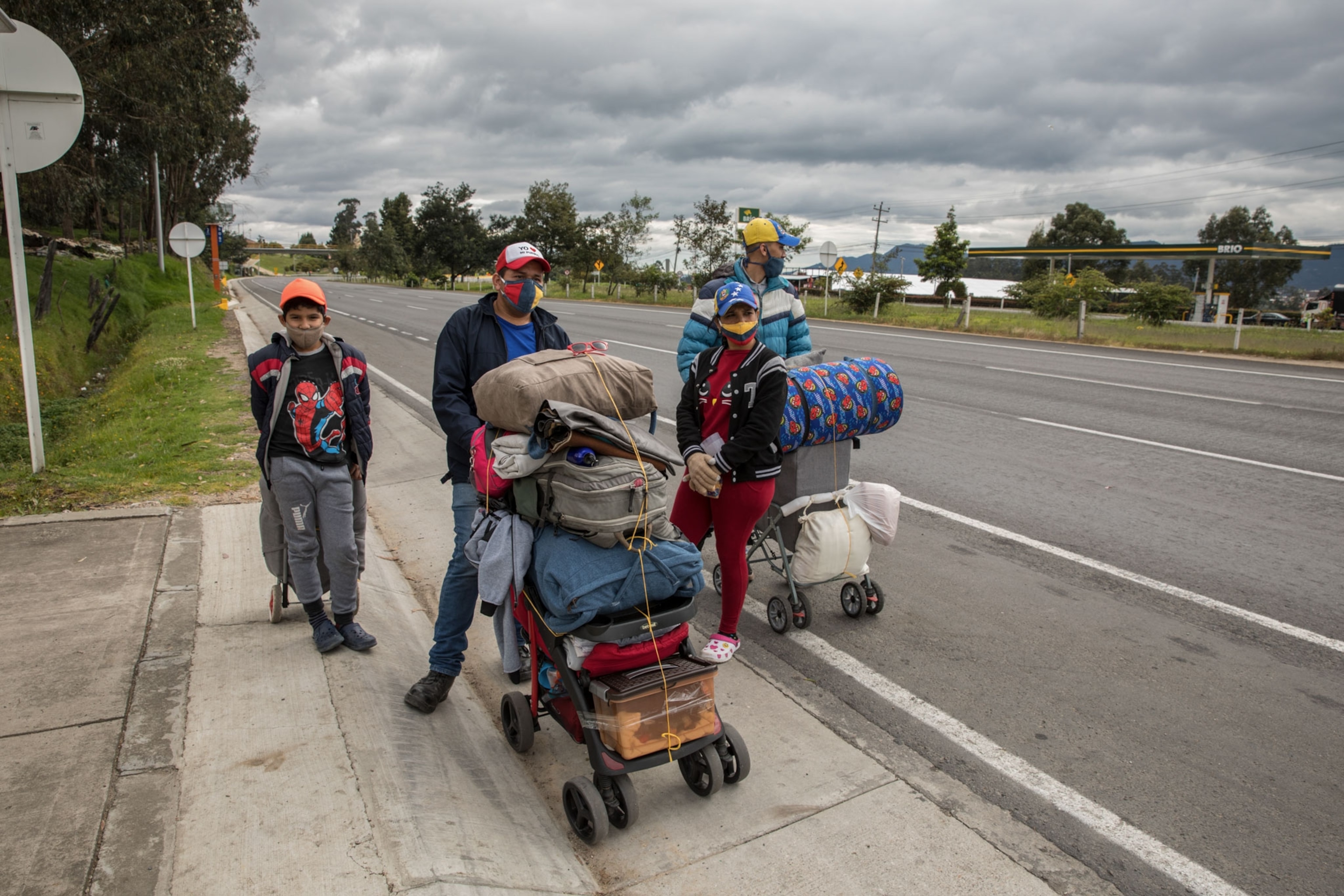
Joanna Ramírez, 32, and her son Willington, 17, were waiting downstairs, second and third generation scavengers, respectively. She was tiny and roly-poly, and looked about the same age as her lanky son, the eldest of five. Nine of them in rented quarters that cost them $100 a month: Ramírez, her husband, their four other offspring, plus Willington, his girlfriend, and their newborn baby.
Willington, who after a moment of distrust turned out to be irrepressibly chatty, did most of the explaining. Outfitted in protective overalls and gloves, ragpickers sort trash and take the usable parts—paper, cardboard, plastic, glass, metal—to assigned drop-off spots at night, where contractors weigh and pay for the goods. I learned that, as in the drug trade, the most valuable products are the ones that weigh the least—in this case, plastic. Willington is in school, but, he and his mother explained with some embarrassment, as if it were their fault, during the lockout he can’t participate in the city’s online education program because the family hasn’t been making enough money for a pre-paid card for their cell phone. “But I fill out the homework forms they distribute at my school,” the boy said proudly. “And then when the quarantine ends, we’re supposed to take them all to the teachers, and they’ll give us a grade.”
While I wondered if the pair was trying to match me to my garbage, as I might try to match a voice on the phone to a face, I asked Joanna what she hoped for in the future, and she thought for a bit. “That they’ll start buying from us again, because I can’t stop worrying about the rent—it’s driving me crazy—and we can’t get by like this.”

When economic analysts who favor relaxing controls are feeling brave, they are able to explain the choice that has to be made: The government can allow people like the young Ramírez family, and the waiter William Reina, to make a living, which will, surely, lead to an increase in the number of coronavirus infections. Or, the lockdown can be allowed to continue, truncating the future of young men like Willington.
But Bogotá is full of the can-do spirit of big cities. Both the city and the national government have authorized small subsidies for the poorest sectors of the population that will, one hopes, eventually reach the Ramírez family. And even as health workers and municipal officials hold their breath, waiting for the major impact of COVID-19 that, according to the economist Mauricio Reina, is expected to strike in a month or so, the waiter William Reina announced cheerfully, the last time I saw him, that he was investing the lulls between deliveries in an online course in food management. Some day, though not anytime soon, there’ll be a restaurant for him to work in.
Gena Steffens is a writer, photographer, and National Geographic explorer based in Bogotá, Colombia. Follow her on Instagram .

